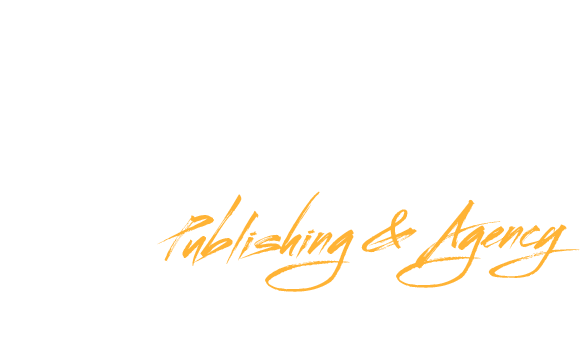
Politics
Publication Ethics and Publication Malpractice Statement
The guidelines and recommendations of international organizations such as the International Committee of Medical Journal Editors (ICMJE), the World Association of Medical Editors (WAME), the Council of Science Editors (CSE), the European Association of Science Editors (EASE), and the Committee on Publication Ethics (COPE) are taken into consideration throughout the publication process of EPA journals.
Peer Review
The peer review process is managed by an independent editorial board at each journal. The editor-in-chief, who is appointed by the journals home organization, selects the members of the editorial team.
Each submission goes through an initial screening process in which journal editors have the option to reject manuscripts without further review. Manuscripts that are approved for peer review are assigned to a managing editor, who works with a team of external reviewers.
A double-blind peer review is conducted by all EPA journals. The identities of the authors and reviewers are not disclosed to one another. Final decisions are based on the recommendations of the reviewers and the managing editor, with final approval granted by the journals editor-in-chief. All appeals and complaints are handled by the editorial board of each journal according to COPE guidelines.
Conflict(s) of Interest
EPA journals require that local ethics committee approval of research protocols be submitted with the manuscript. Manuscripts that report the results of experimental investigation with human subjects must include a statement indicating that informed consent was obtained after the procedure(s) had been fully explained to the participants or the appropriate guardian in the case of children or others who cannot provide consent.
All authors and co-authors are required to submit the potential Conflict of Interest Disclosure Form.
Editors and reviewers are also required to disclose any conflict(s) of interest regarding the submissions assigned to them.
Plagiarism
Manuscripts submitted to EPA journals are screened for plagiarism using Crossref Similarity Check (iThenticate). If it is detected that the submitting authors have plagiarized any portion of the manuscript, the editorial board of the journal will act in accordance with the relevant COPE guidelines.
Misconduct
In the event of alleged/suspected research misconduct (e.g., plagiarism, citation manipulation, data falsification/fabrication), EPA journals will act in accordance with the relevant COPE guidelines.
Copyright Policy and Open Access
EPA journals are available online and free of charge.
The content of EPA journals is licensed under various copyright formats, including the Creative Commons Attribution-NonCommercial 4.0 International License, which allows third parties to share and adopt the content. Although the content of some journals is licensed with a traditional copyright, it will still be available online and free of charge.
Publication Fees
As EPA journals are open access publications, authors are not charged any submission or publication fees.
Publication expenses are covered through the financial resources of each journals home institution, with occasional support from the journals advertisement revenue.
Accepted articles are usually published in 6 to 16 weeks, depending on the publication schedule of the journal. A fee may be charged when there is a request for a manuscript to be published ahead of the usual publication schedule.
Archiving Policy
The content published by most EPA journals is electronically preserved using the Journal Agent online manuscript management system to ensure its availability to scientists and researchers.
Advertising Policy
Although each EPA journal is financially supported by the journals home institution, a limited number of drug/medical products and hardware/software advertisements may be presented.
Advertisement sales and editorial workflow processes are separated in order to secure editorial independency and to mitigate any potential financial influence.
Published advertisements are clearly marked and easily distinguishable from editorial content.
It is the advertiser responsibly to ensure that their advertisements are in accordance with the governing laws regarding content and ethical issues.
